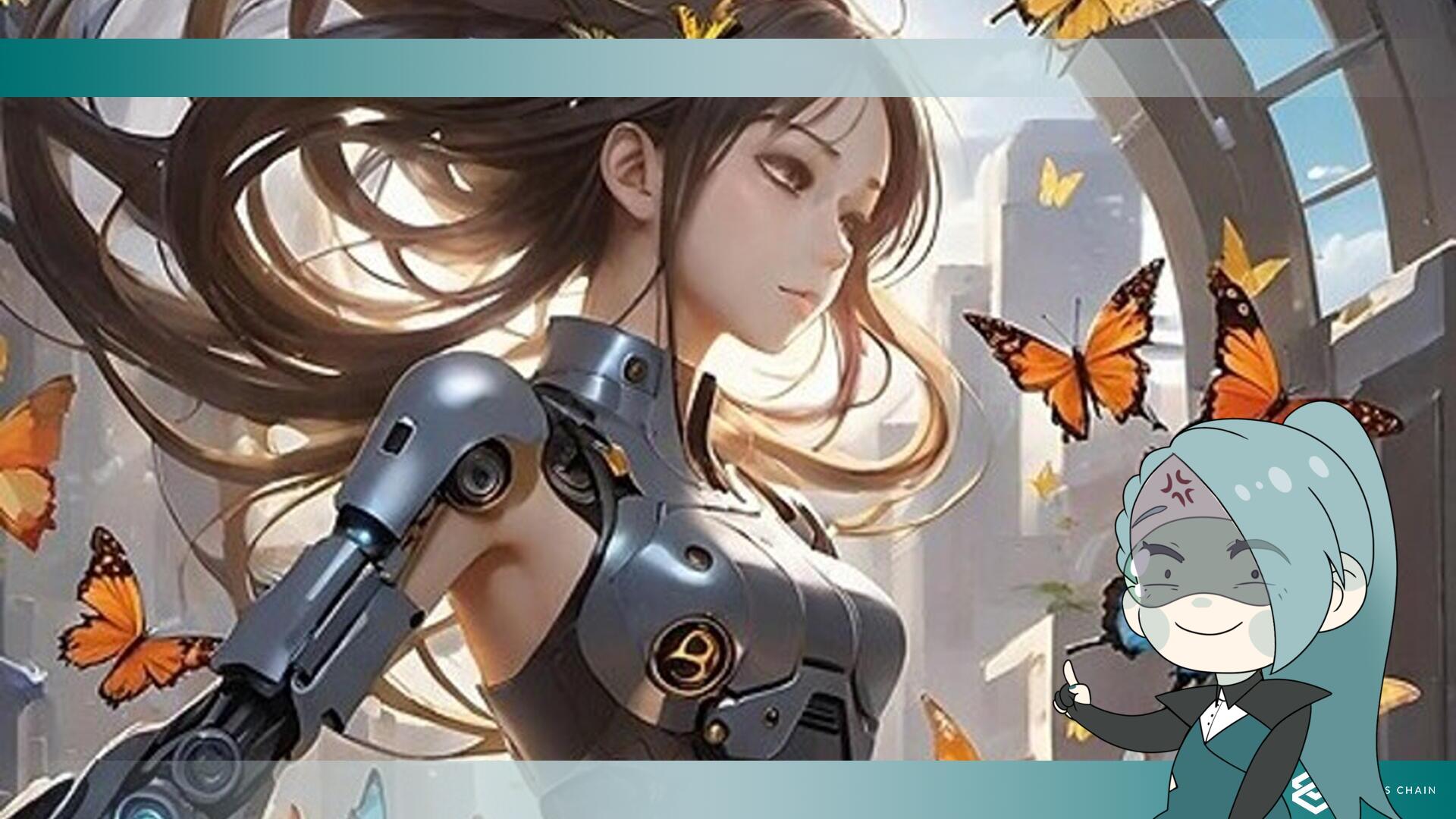Udine Comics & Games - Artificially generated poster?

- 2024-02-09
- Yako
- Opinions
- Giusi Demetra Panico
On Saturday 10/02 and Sunday 11/02, the much-talked-about 'Udine Comics & Games' will be held. 'The event is organised by the famous 'Fiere del Fumetto' circuit, known for the events of the same name held annually in Milan, Cerea, Vicenza and Forlì.
The convention in question became so famous that it was featured in an article in the 'Messaggero Veneto', the best-selling regional newspaper in Friuli-Venezia Giulia. The description presented in the above-mentioned text paints a rather poor picture of the real situation, reducing the affair to a petty 'quarrel' between the community of cosplayers and artists, who were supposedly the event's main target audience, and the invited guests, who were objectively questionable in nature. Certainly, the presence of the pornstarRocco Siffredi at a Comics Convention would sound out of place to anyone. Understandably, the drafting of the article must have been handled by an author who was not part of the environment, as the tone perceived through the writing is vaguely reminiscent of the intonation used by parents when recounting quarrels their children have experienced with their friends. If, on the contrary, we were to analyse the volume of business that fairs of this kind develop, practically every weekend, we would perhaps get a different view of the facts. The high frequency of such events already denotes how economically profitable they are, for exhibitors and organisers alike.
But why exactly is the Udine Comics & Games making such a splash? What's the element that triggered this issue?
As can be seen from the introduction to the article, artificial intelligence is, once again, the protagonist of art world controversies. In this case, the poster of the event plays the main role in the affair: the image depicts a cyborg girl with long brown hair, surrounded by butterflies and backlit by gentle ambient light. At first glance, it may be complex to identify the incriminating elements of the depiction, as is often the case in similar situations, but with a little extra attention, it is possible to understand the nuances of the issue. Indeed, the image bears the typical hallmarks of AI software-generated content: glassy, soulless eyes, poorly outlined hands and a general desaturated patina over the entire depiction. From what has been shared, the image for the poster was originally commissioned from a woman named Giusi Demetra Panico, whose social network accounts are particularly filled with artificially generated content, unfortunately presented as personally designed and created by the person in question. In order to convince the Internet population that the artwork had been drawn manually, Panico placed an artificially generated drawing on her tablet, filming herself adding 'final details' to the composition of the image: a few hairs here, a small shadow there, things like that.
The poster was shown again during the first weeks of January, understandably triggering some discontent among the viewers of the situation. Moreover, the self-proclaimed artist Giusi Demetra Panico seized the opportunity and announced in the post that she would be present at the fair specifically to sign one hundred copies of the poster, at the stand of Dada Editore, the alleged commissioner of the image currently under indictment.
As can be seen from the current state of affairs, the situation did not develop in a particularly positive manner: the woman, unwilling to show her creative methods and admit to the alleged fraud, understandably became the target of discontent among all those who felt betrayed by the convention's decision. As often happens on the Internet, the words addressed to Giusi Demetra Panico were not particularly lenient, and to 'protect' herself from this unwanted attention, the woman presented a kind of short campaign against cyberbullying. With this, we do not want to justify the person in question in any way, as her reckless behaviour has highlighted, for the umpteenth time, the serious consequences brought about by the improper use of artificial intelligence in the artistic sphere; nonetheless, it is essential to emphasise thatsocial networks are not simulations, what people underneath posts, or in private messages, always reaches a real person.
That said, the trend of Italian comic conventions using AI-generated content in the creation of their posters seems to be getting worse by the day. The first to cause a stir was the Lago di Comics during June 2023, followed by the huge spread of AI print stands at cons, with the record-breaking sales occurring during last summer's RiminiComix. As if this were not enough, the convention known as the 'industry leader' in Italy, Lucca Comics & Games, made a similar mistake when announcing the Artist Alley at their event: they used an artificially generated image within the post's graphic design. They changed it shortly afterwards, apologising for the mistake and explaining that it had been a temporary oversight.
Artificial intelligence, as a tool in the hands of man, is not inherently 'evil'; on the contrary, it is thanks to this technology that science and medicine are able to develop more and more, and faster and faster. The problem, as is now well established, always lies in the use that is made of it: replacing real artists, capable of giving life to the works they create, with mediocre results generated by software, is certainly not the ideal use of such a resource.
Yako.
